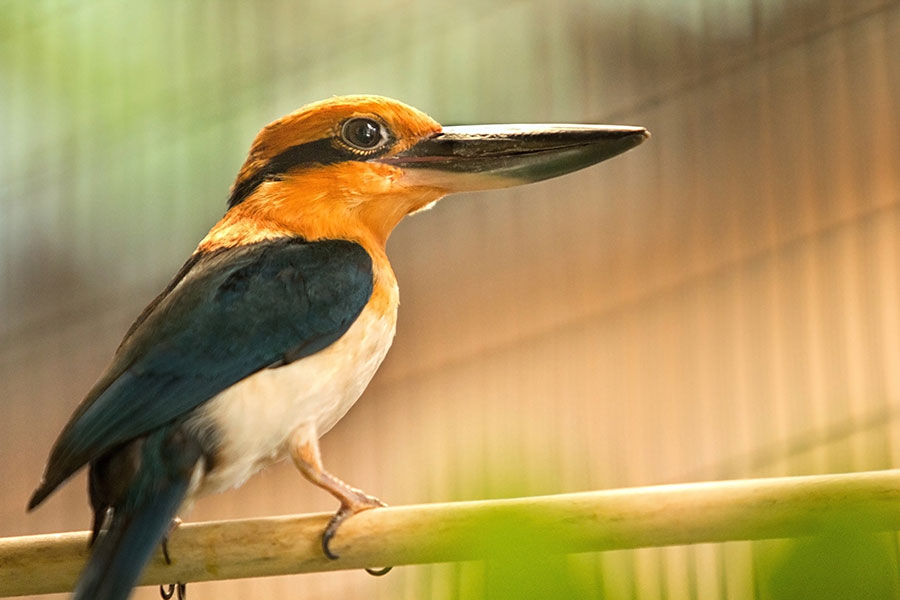Conservation Accomplishments
Protecting Endangered Animals and Threatened Habitats

Conservation programs and exhibits that educate the public about threatened species and habitats have been a focus for the Aquarium since its inception. In addition to maintaining its exhibits housing more than 11,000 animals, the Aquarium also conducts work on a variety of conservation projects to ensure the future survival of endangered species, protect important habitats, and help the public become ocean stewards.
Breeding programs at the Aquarium have several conservation benefits, from reducing the need to collect animals from the wild to enhancing understanding of the animals’ biology and life cycles, which could play a role in managing wild populations. The Aquarium participates in several Species Survival Plan (SSP) programs administered by the Association of Zoos and Aquariums. SSPs manage the population of species across all zoos and aquariums, with the aim of ensuring genetic diversity in this population. The Aquarium is part of the SSP for species including Magellanic penguins and Guam kingfishers.
The Aquarium has achieved many industry firsts in animal husbandry, including being the first to successfully breed Pharaoh’s cuttlefish in 1999, weedy seadragons in 2001, and hatch and raise a giant sea bass in 2016. The Aquarium was also the first to successfully reproduce zebra sharks through artificial insemination and to draw a voluntary blood sample from a sea otter.
In a partnership with the National Oceanic and Atmospheric Administration’s National Marine Fisheries Service, the Aquarium operates an abalone breeding program in an effort to increase abalone populations in Southern California. It is hoped that abalone bred at facilities like the Aquarium can eventually be released in local ocean waters to augment wild abalone populations.
Aquarium staff members also participate in conservation work in the field. In recent years, staff members have traveled to Guam to help with coral reef restoration and to the Mariana archipelago to work with populations of native birds. Locally, the Aquarium’s whale identification internship program photographs the whales and dolphins spotted on the Aquarium’s daily cruises. The program catalogs these sightings and provides the data to researchers at Cascadia Research Collective. Below the surface, Aquarium’s divers can become certified in underwater data gathering techniques and join the scientific diving team. This group has helped maintain an array of ocean temperature sensors in Southern California waters and assisted university researchers and government agencies with underwater data.
For the public, the Aquarium’s citizen science programs provide an opportunity to be a part of scientific studies within residents’ own communities. The Aquarium’s longest-running citizen science program monitors green sea turtles at the San Gabriel River. Other citizen science programs have logged shark counts for Global FinPrint and monitored harmful algal blooms.
The Aquarium has developed exhibits and programs focusing on endangered species, including those that cannot be displayed at a zoo or aquarium, such as the vaquita, a species of porpoise with just thirty individuals remaining in the Gulf of California.

